Had Nissan decided to return to the top class at Le Mans with a conventional racing car – that is to say, one with an engine in the rear sending power to the rear wheels – its return would have been greeted with much enthusiasm.
However, it is mounting an assault on the famous endurance race with a car that has flipped perceived wisdom, putting the engine in front of the driver and sending a prodigious amount of power to the front axle, and this has provoked reactions of astonishment, praise, amusement and even a touch of confusion.
Since lifting the dust cover from the GT-R LM Nismo, Nissan has become the most talked-about manufacturer in endurance racing. (The company has people who monitor this kind of thing.)
Not all of the exposure has been comfortable reading. Naysayers wondered if inherent understeer would leave the car struggling.
Others scoffed knowingly when it failed its initial crash tests, forcing the postponement of warm-up races at Silverstone and Spa, and when it lapped Le Mans almost 30 seconds slower than the pace-setting Porsches during last month’s test day.
But Nissan’s motorsport chiefs – led on the sporting side by Darren Cox and on technical matters by Ben Bowlby – have got used to the Marmite reaction to its project.
They’ve seen it all before with the similarly radical ZEOD project, which ran at Le Mans last year. In fact, they positively encourage the glare of publicity, exposing their team’s inner workings via social media in a manner that has rarely been seen in modern motor racing.
Mind you, they are deflating public expectations for this weekend’s race. Simply making the grid is an achievement for a project that was only signed off by Nissan’s board in April 2014.
Since then, Nismo has built the team from the ground up. The LMP1-class car has been designed and developed, three race-ready examples built and nine racing drivers signed, among them three graduates from Nissan’s GT Academy training scheme: Jann Mardenborough, Mark Shulzhitskiy and Lucas Ordonez.
It’s a tight enough timeframe, one made more acute by the ambitious technical layout. Bowlby, renowned as one of the sport’s keenest lateral thinkers, explains the reasoning for putting the engine in the front: “The brief was that if Nissan was going to do LMP1, it had to be innovative. Audi is 15 years and billions of dollars into this, so why bother to go motor racing when one team is so tightly dug in?
"The Le Mans rule book has plenty of scope for innovation if one is bold enough. It was clear to me that there was an extremely intelligent solution in moving the engine to the front and making it front-wheel drive, with front-wheel brake energy recovery that deploys to the rear axle.”
When dreaming up his LMP1 car, Bowlby noted that the current crop of Le Mans prototypes are limited in their rear-end designs.
“To limit the performance of rear-engined, rear- wheel-drive cars, the rule makers have constrained the sizes of the rear wheels, wing and diffuser, and the result is that the aerodynamic efficiency at the back of the car is quite poor,” he explains.
“However, the front has always been considered relatively free, so we thought: why not turn the rules on their head and make a car with lots of downforce at the front? Not only does this give us greater freedom within the rules, but front downforce is generated more efficiently, with less drag. Moreover, with the front end doing most of the work, we could trim out the rear wing and save even more drag, which is invaluable at Le Mans.”
Making a forward aero balance work effectively requires a significant shift in overall mass towards the front of the car. In the GT-R LM Nismo, the engine is in front of the driver, the gearbox is in front of the engine and the mechanical flywheel energy recovery system (ERS) is also near the prow.
“We realised that if we packaged a narrow-vee engine at the front and pushed the chassis back, we can make the back of the chassis into a nice teardrop shape and flow the air around rather than outside the whole car. That gives a drag advantage,” says Bowlby.
Astonishingly, the GT-R LM Nismo has visited a wind tunnel just once, to confirm the data from Bowlby’s computer simulations. Although the prototype looks like no other GT-R, it bears enough of a technical link with the road car to make its name more than a marketing stunt.
“The car is truly a GT-R,” says Bowlby. “It is powered by a twin-turbo V6, although the engine is downsized from 3.8 litres to 3.0, and the use of direct injection is the other main difference. But it has the same maximum rpm, the same even firing and the same vee angle.”
The low-end torque and flat power curve of the engine (“Turbocharged V6 engines are something of a Nismo speciality,” says Bowlby) mean the car needs just five forward gears, reducing wear and tear on transmission components.
Bowlby says the team has seen outputs as high as 1100bhp from the ERS on the dynamometer, which could in theory provide the car with a staggering 1600bhp from its combined power sources. Note ‘in theory’: the lack of development has prompted the team to run a downgraded version of its hybrid system in this year’s race, meaning less than optimum power.
Still, the lap times from the test day don’t really give an accurate indication of race pace. Nissan didn’t ask Michelin to make a qualifying tyre, because it will use every track session to develop the GT-R LM Nismo.
Cox says a promising result would be “hanging on to the coat tails” of the other hybrid prototypes, although inclement weather could play to the strengths of the Nissan, which is inherently stable and super-fast in a straight line.
On the subject of shaking things up, Nissan’s publicity assault across all forms of media is not without its challenges. Bowlby says: “I was asked whether this open-doors approach distracts us from the engineering activity, but we’re over that. Of course, we face lots of challenges, but if we had done a copy of an Audi from scratch, we also would have faced thousands of small problems.”
Cox emphasises that the project is not a publicity gimmick, and pushing forward the on-track performance will always take precedence. He believes other manufacturers will follow. “Unless we give more access, the sport is in terminal decline,” he says. “When the barriers are up, people are getting less and less interested.”
It’s unlikely a crew from one of the three GT-R LM Nismos will climb onto the podium on Sunday afternoon, but it’s worth remembering that Audi, Porsche and Toyota all experienced growing pains when they embarked on their Le Mans projects. In that respect, at least, Nissan is like its rivals.
Get the latest car news, reviews and galleries from Autocar direct to your inbox every week. Enter your email address below:

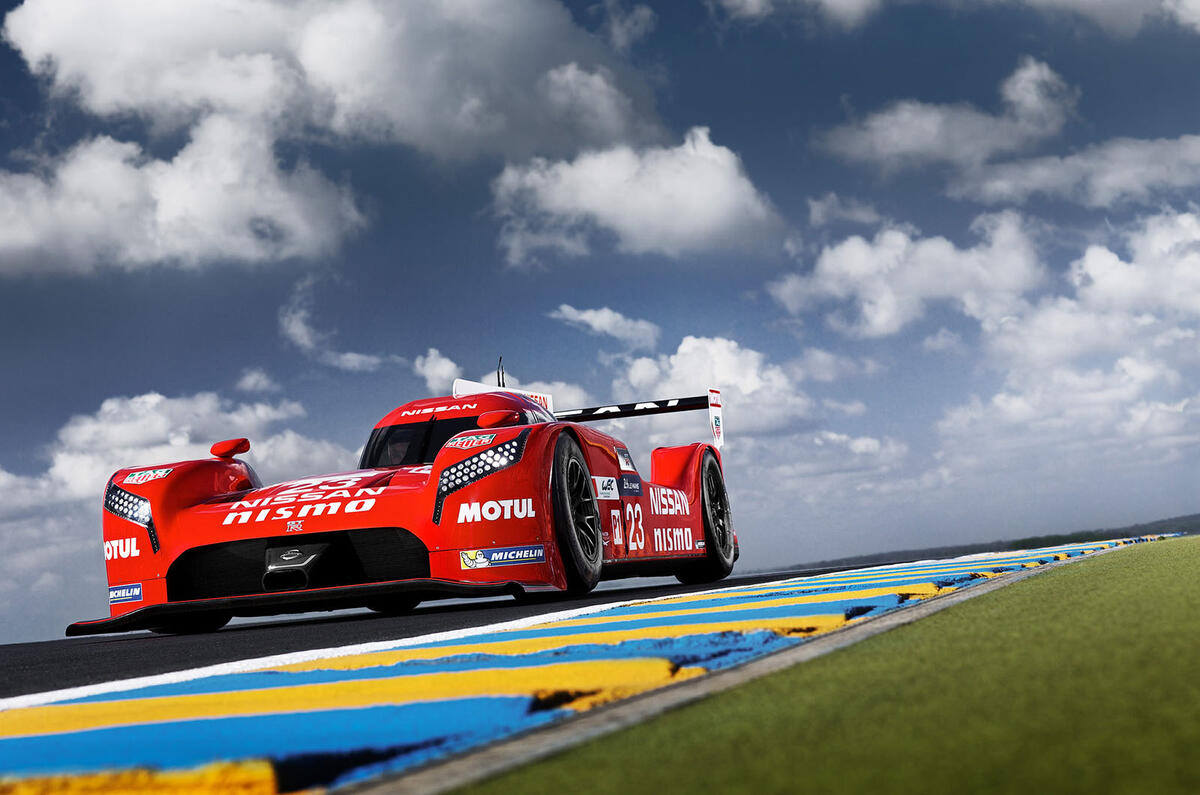
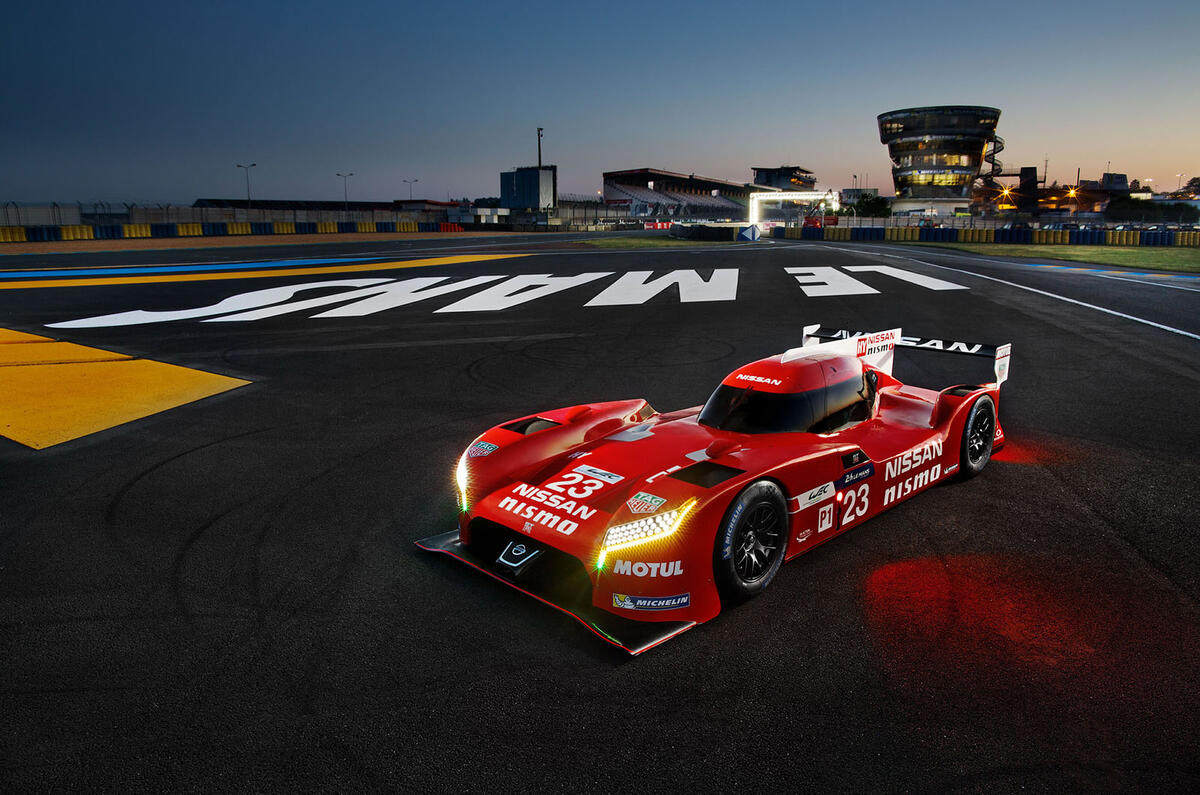

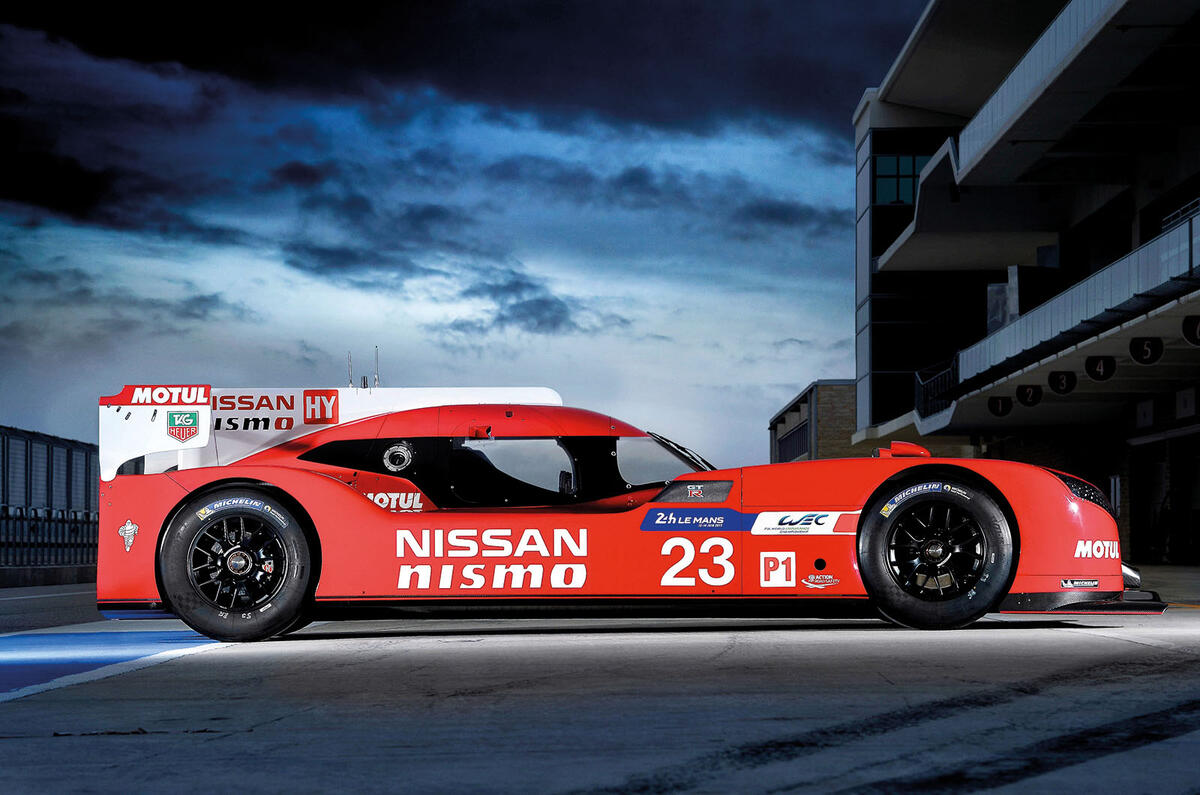
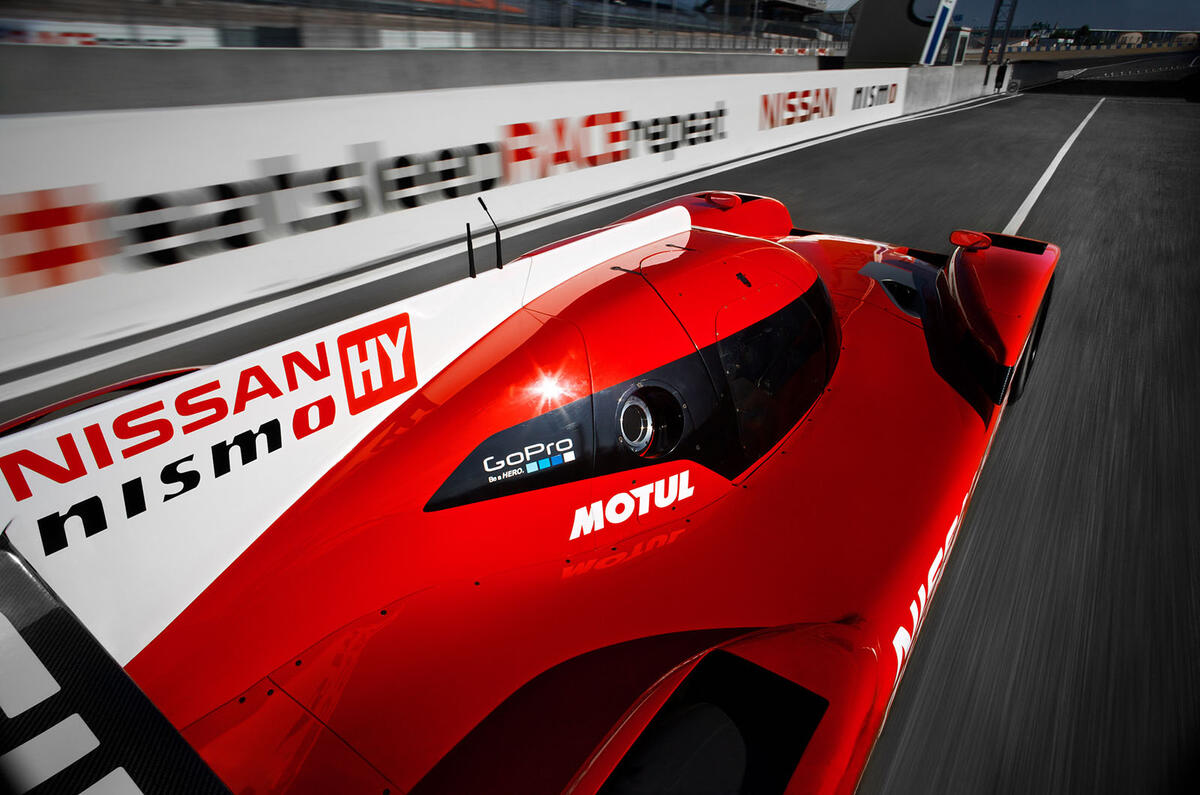
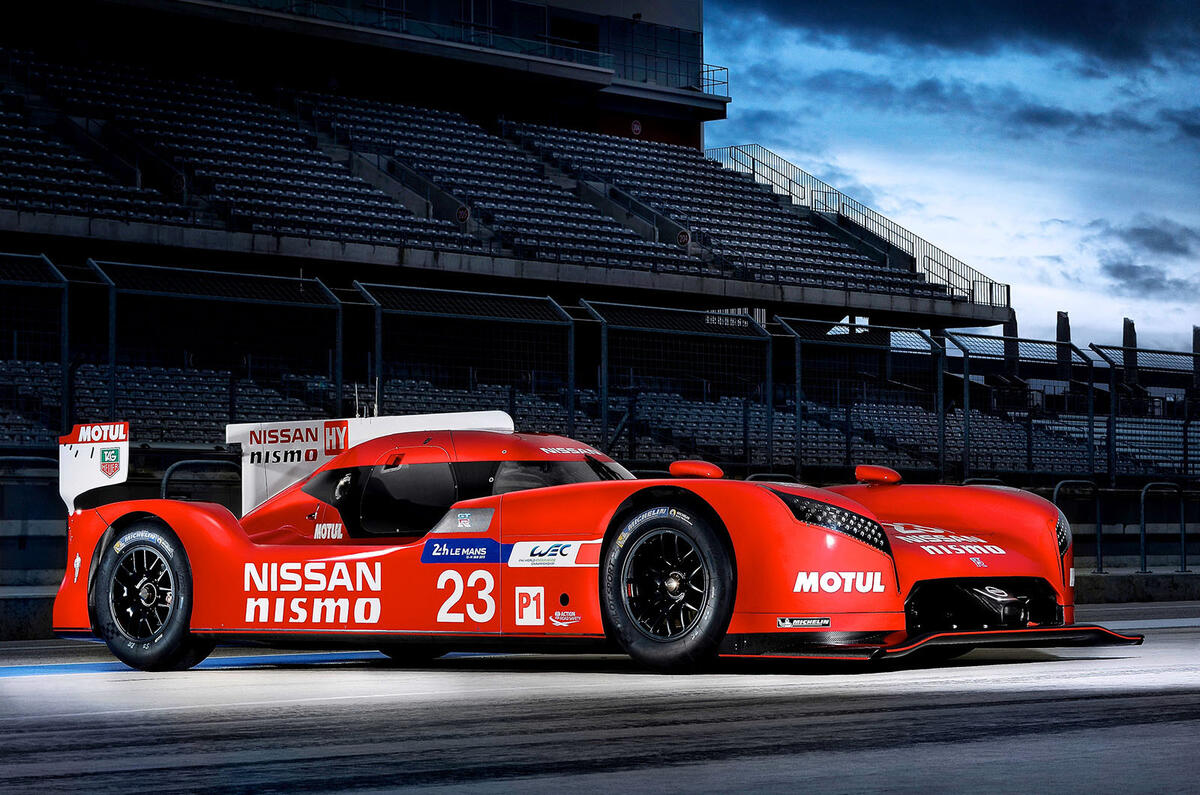
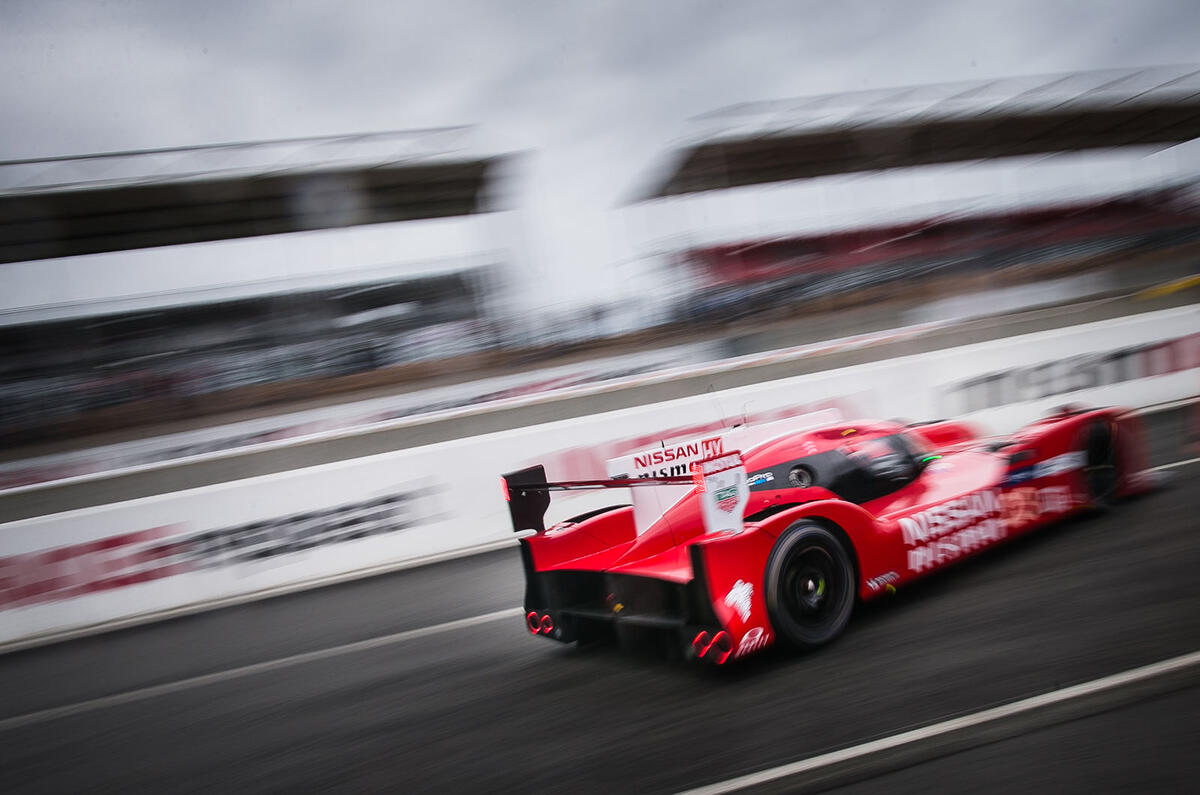

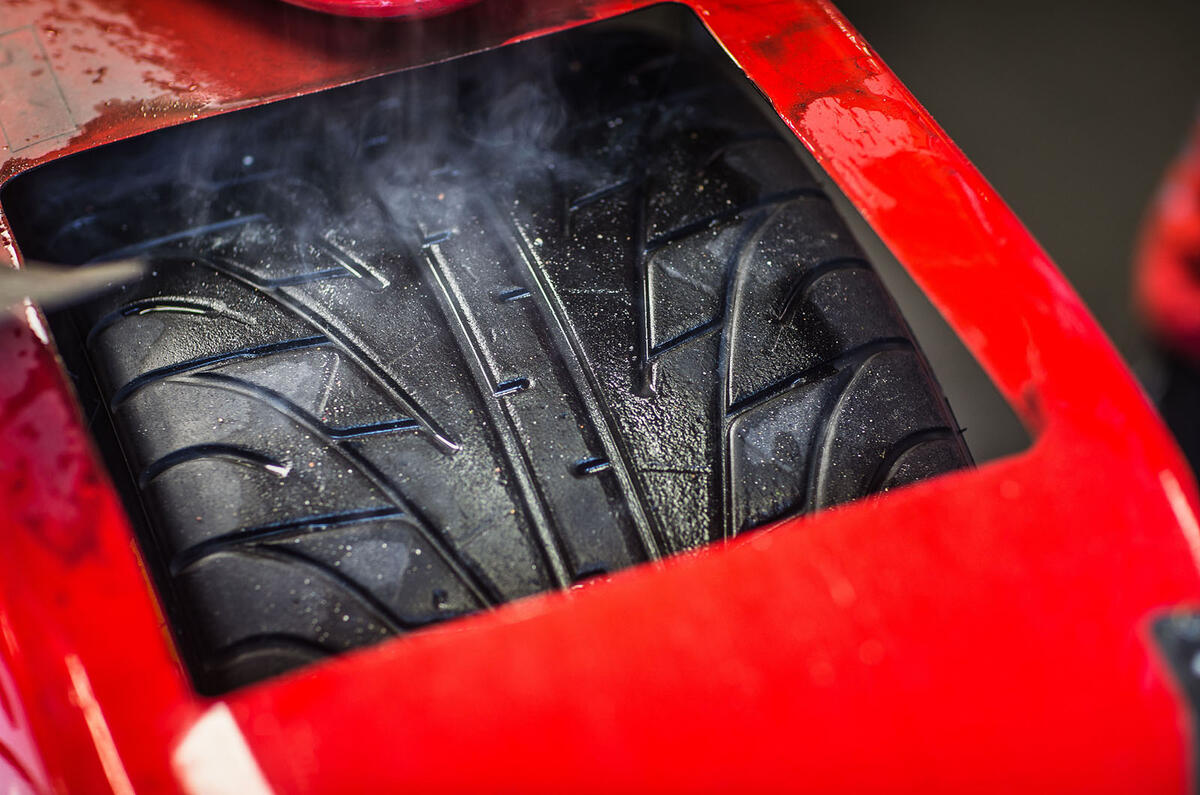

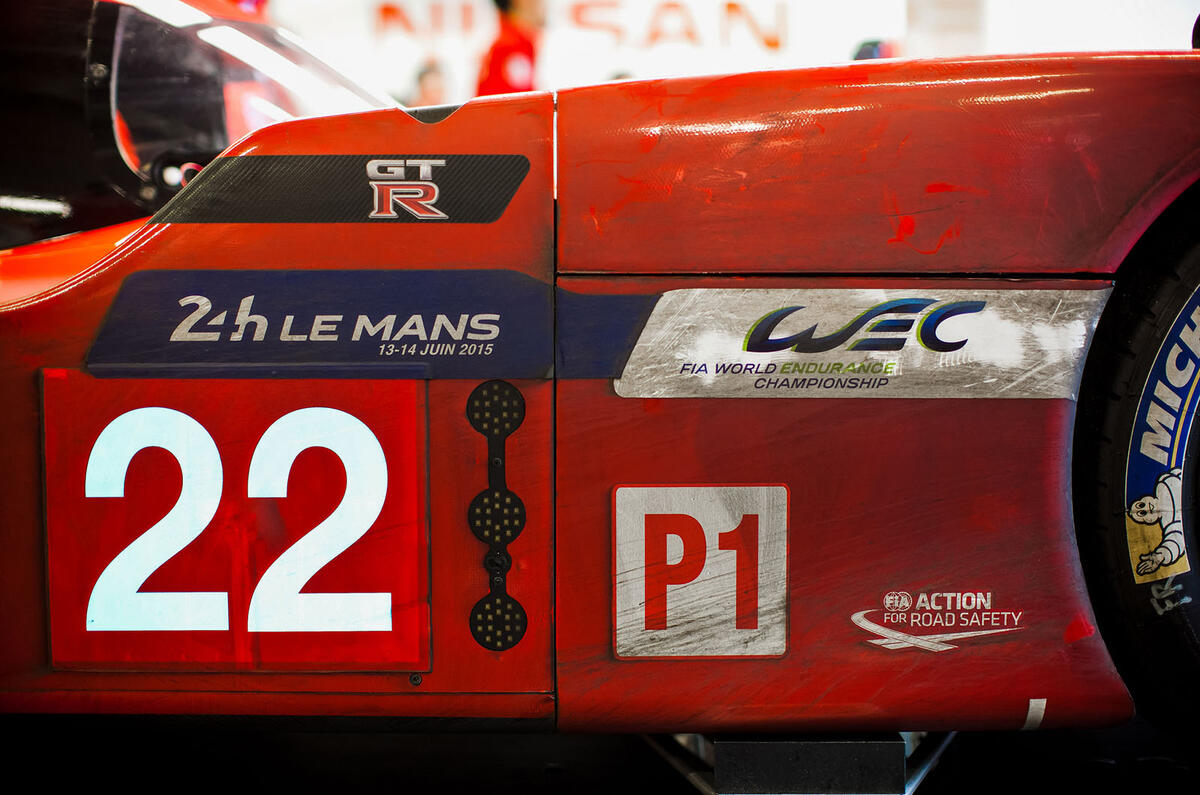


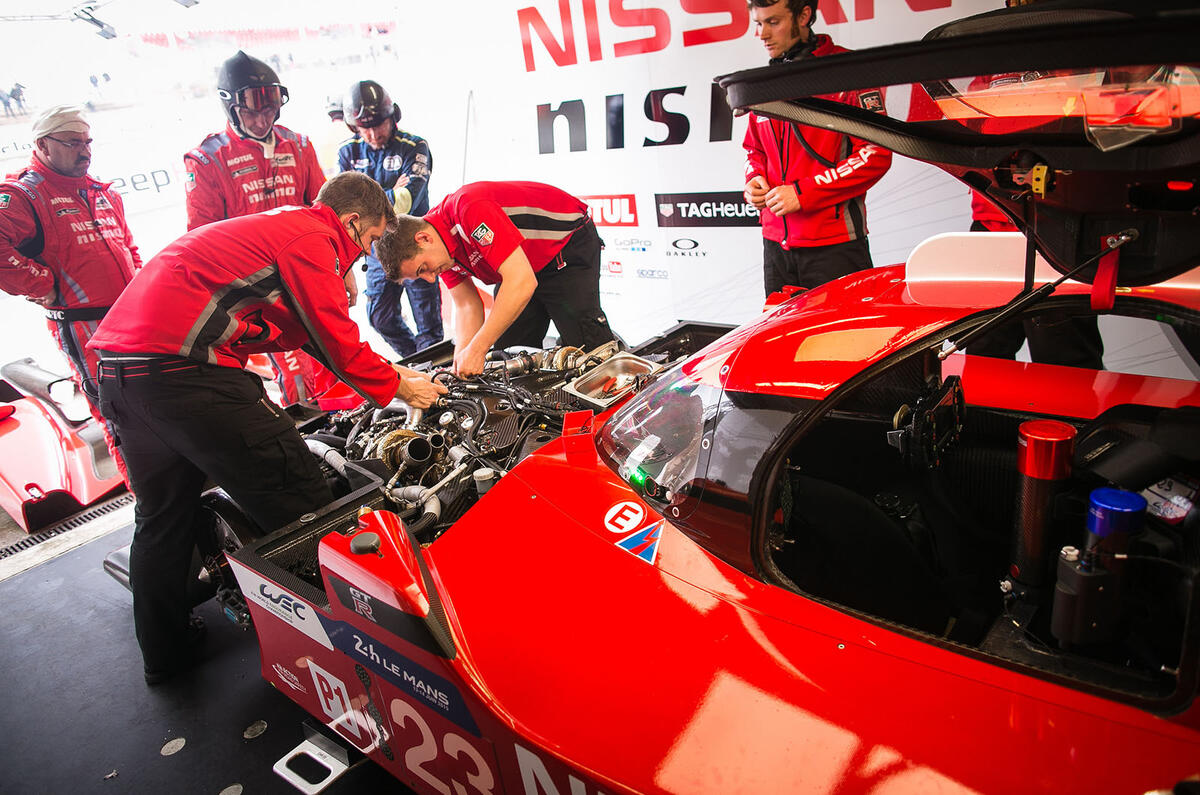


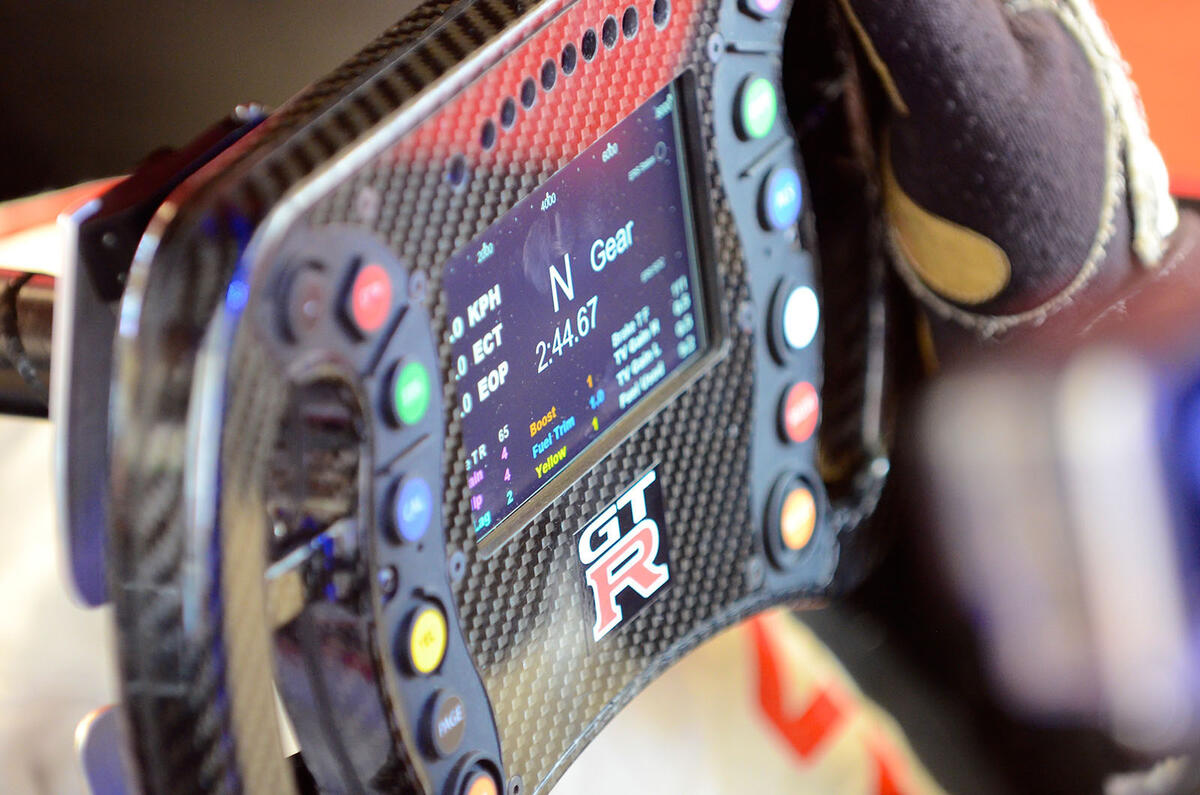

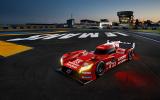

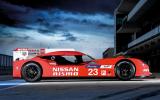




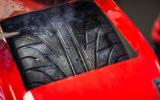
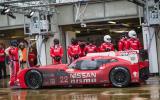
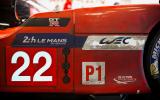
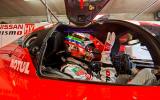

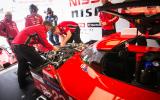


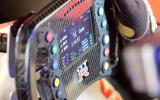


Join the debate
Add your comment
A blast from the past
Yeah, but why?
Yeah, but why?